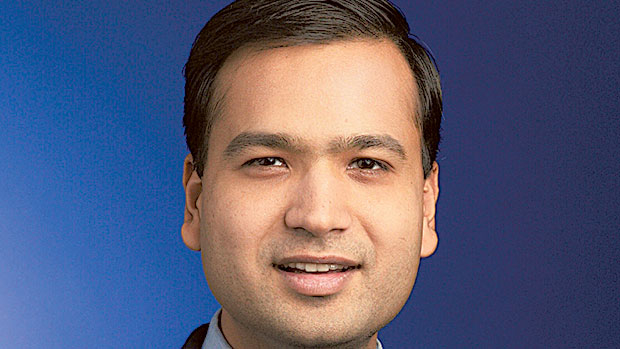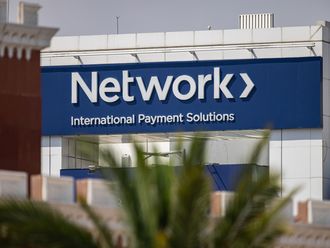
Dubai: Emerging strong form the global financial crisis with changed investment strategies, Middle East Sovereign Wealth Funds (SWFs) are expected to generate the best returns for their stakeholders, according to a KPMG report on Sovereign Wealth Funds (SWFs) in the Middle East.
Over the past two years, there has been a shift in how the Middle East’s SWFs have had to reallocate their assets. The changes are driven by market forces including the unprecedented low-interest rate environment.
“While the majority of SWFs continue to deploy their funds in bonds and global equities, a relatively low interest rate environment, continually evolving investment strategies and a growing appetite for alternative asset classes are resulting in a shift away from what has typically been a passive investment philosophy,” sad Vikas Papriwal, KPMG Partner and Head of Markets.
Taken in aggregate, sovereign investors have managed the recent turbulent times relatively well, although individually a few funds have had a more challenging ride. Where challenges did arise, some of the characteristics evident were: Excessive use of leverage in concentrated portfolios; Investing in complex assets that require highly specialist expertise and experience; Poor risk management infrastructure; and portfolio concentration.
According to KPMG, SWFs are making positive adjustments to increase diversification within their portfolio. Several funds have geared up their expertise to diversify geographically or across more asset classes. Likewise there has been more focus on risk management.
Funding infrastructure
The region’s SWFs are taking advantage of their scale and long-term investment perspective by allocating more of their assets to real estate such as hospitality, industrial, logistics and retail, as well as funding infrastructure, where yields are higher.
While the Abu Dhabi Investment Authority and the Kuwait Investment Authority have been buying property since the mid-1970s, there has been a marked rise in brick and mortar investments by these funds and their peers from around the GCC.
With over $5 trillion of assets under management, SWFs represent just under 10 per cent of the global economy and undoubtedly have a key role to play in the region and globally.
The areas of direct investments for SWFs are generally few and chosen with the majority concentrating on real estate, infrastructure, and increasingly, private equity. It therefore comes as no surprise that SWFs spent $24.5 billion on mergers and acquisitions in the first half of 2014, the most in any six month period since 2010. According to the Institutional Investor, SWFs have doubled their allocations to private markets over the past six years.
The Sovereign Wealth Fund transaction database shows that the first half of 2014 recorded a 21 per cent increase in the value of direct transactions by SWFs from $42 billion in the first half of 2013 to $51 billion in the first half of 2014. The increase is largely attributable to an increase in the volume and value of SWF real estate transactions. “Based on what are now strong foundations for growth and investment, we believe 2015 could prove to be an active and productive year for SWFs,” said Papriwal.










